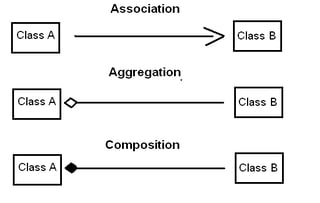Turn this on its head, and you realize that the concept of an "order" is not as vital as you might think. As long as the message is received by something which truly thinks, it isn't the world if there is a misinterpretation. In Dune: The Machine Crusade, there's a quote:
The weakness of thinking machines is that they actually believe all the information they receive, and react accordingly.
Non-machine thinkers are generally expected to take the information they receive with a grain of salt. The semantics of the message might not be perfectly cast in stone.
the little cartoon had dots in each panel (●, ●●, ●●●) because if the read right-to-left they might think it depicts a place where skeletons can be brought back to life!
This is only an issue if your reader is utterly confident in the order of the panels, ans as you pointed out, if the other species counts (●●●, ●●, ●), you're still in trouble. However, it is also reasonable to assume there will be some degree of uncertainty in the translation. Surely if there are two ways to interpret a symbol, and one of them is in violation of the forces of entropy, they'll think twice before blinding assuming they understand!
As it turns out, we don't even always agree on which way to put the arrow head. If I take UML as an example, the aggregation symbol and composition symbol actually has the head on the "from" side, while association has it on the "to" side:

So what can we assume when we send our alien message? I think it is reasonable to assume that the end viewer of the message can recognize that these arrows are being used to describe a directed graph, but that they might misrepresent the direction. Mathematically speaking, they may interpret the graph as its complement graph.
One approach you could do is try to use some properties of these graphs. One interesting property: The complement of every triangle-free graph is a claw-free graph, although the reverse is not true. You can demonstrate what a triangle-free graph and a claw-free graph are pretty reasonably. You can then use those properties to break the symmetry between a graph and its compliment, and once that symmetry is broken, you can then use that to demonstrate a directed graph. You might show a 'triangle free' directed graph that is only triangle free if the direction of the arrows is correct.
Once we're comfortable with directed graphs, assigning meaning to the arrows becomes a semantic step, rather than syntactic step. For example, one might want to use an arrow to show "the direction of time's progression," which is from low entropy to high entropy. Or you might want to show arithmetic, in which case the arrows can be used to describe the Successor function in Peano arithmetic. No matter what, the key is that the question of which direction the arrow is pointing has been solved by using graph theory.
Of course, the best solution is to have messages which you don't mind being misinterpreted. For example, if you are worried the aliens are all serial killers, don't send your phone number and home address in the message! Instead, send something more ambiguous that can start a longer dialogue!

